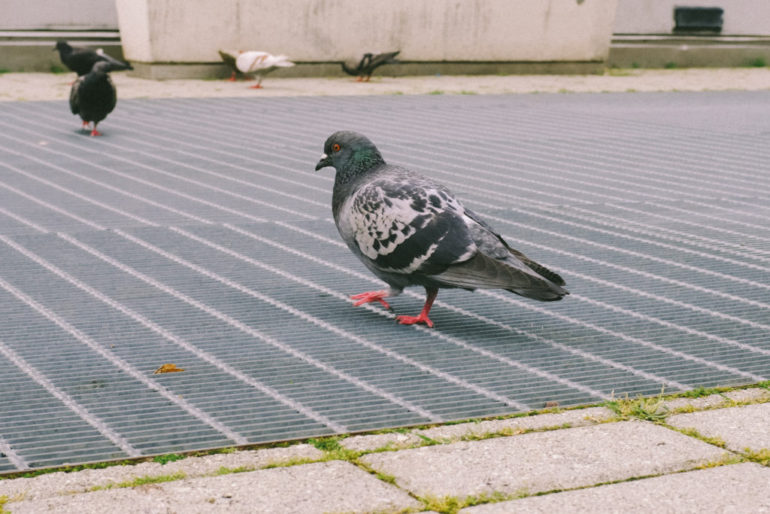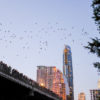Studies have shown that we suffer from plant blindness. Do we have pigeon blindness too?
Every so often, I think about pigeons.
I actually have a relative that used to raise them, and I’ve held pigeon chicks before.
Even so, I’m not especially fond of them.
They’re probably one of the only species that has really learned to co-exist with people, and all being said they do a pretty good job of it. They’re a rare example of an animal that neither scares us nor is scared of us.
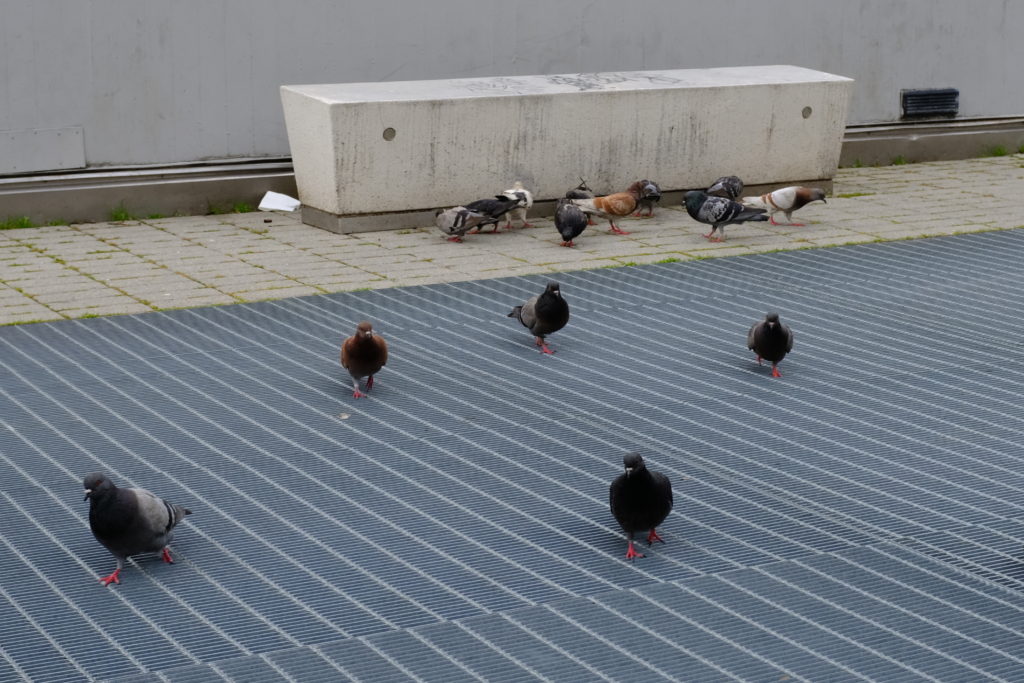
They don’t get much appreciation, though. Sometimes we throw them some food, but mostly we walk around them, avoid getting flown over, wave them away during lunch.
Many of us see them more often than any other animal, excluding pets, and we don’t bat an eye.
I learned about a concept called plant blindness, where we fail to fully appreciate the plants that surround us. Is it the same with pigeons?
There was an exhibit at Milan’s La Triennale museum that made me rethink our relationship with pigeons.
Called Reliquaries, it presents a collection of things that are abundant today but might not be in the future. Objects like rocks, twigs, and yes — a pigeon.
We oftentimes don’t look at how what we value is determined by the scale of time.
As the designers explained of their piece, “by invoking precious relics, it speaks to the invaluable resources available to and surrounding humans in the present time, and alludes to a projected moment where a daisy might become more treasured than a diamond.”
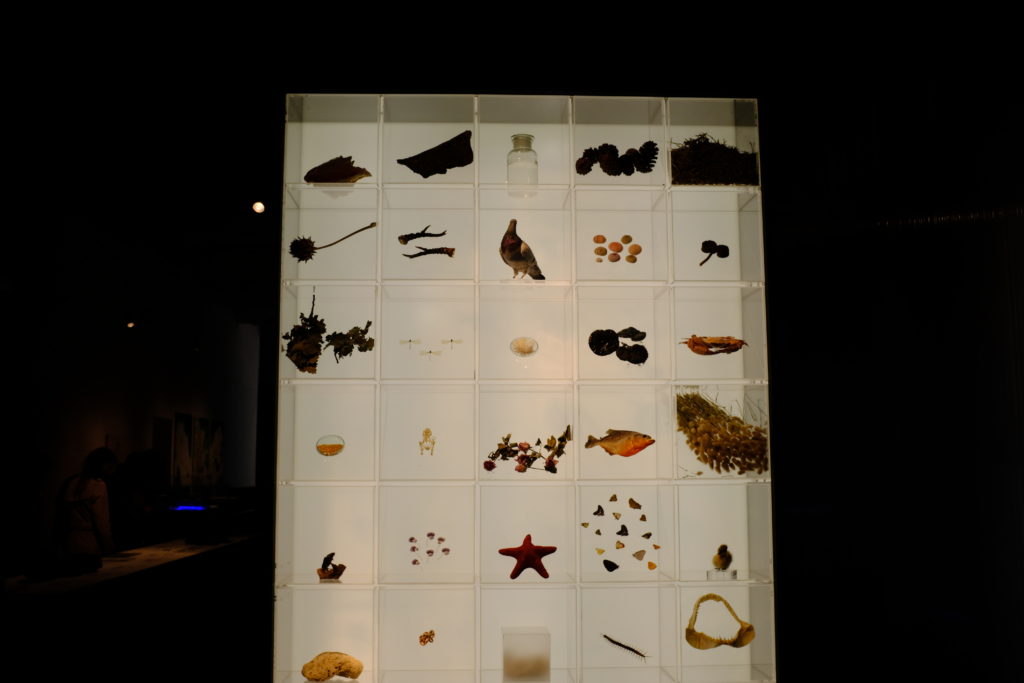
Today, a diamond is more valuable than a daisy, but who is to say that that will be true one hundred years from now, when there might be only a handful of daisies left?
With that in mind, it made me really appreciate what we have in abundance in this particular moment. Having a lot of something shouldn’t make it less valuable.
Of all the objects in the exhibit, my eyes kept gravitating to the pigeon. I wasn’t used to seeing a pigeon elevated in that way. It just seemed so strange.
But it reminded me of somewhere else I’d seen a pigeon displayed as if it were special — a wildlife park in New Zealand.
New Zealand takes conservation seriously. It’s constantly working to protect its native species, especially its birds.
Everyone knows about the kiwi bird. It’s found nowhere else in the world, and there’s no other bird like it.
But New Zealand also has other native bird species, like the takahe and the kea. I’d seen and learned about these at Kiwi Birdlife Park in Queenstown.
The one bird that I was most surprised by, however, was the New Zealand pigeon.
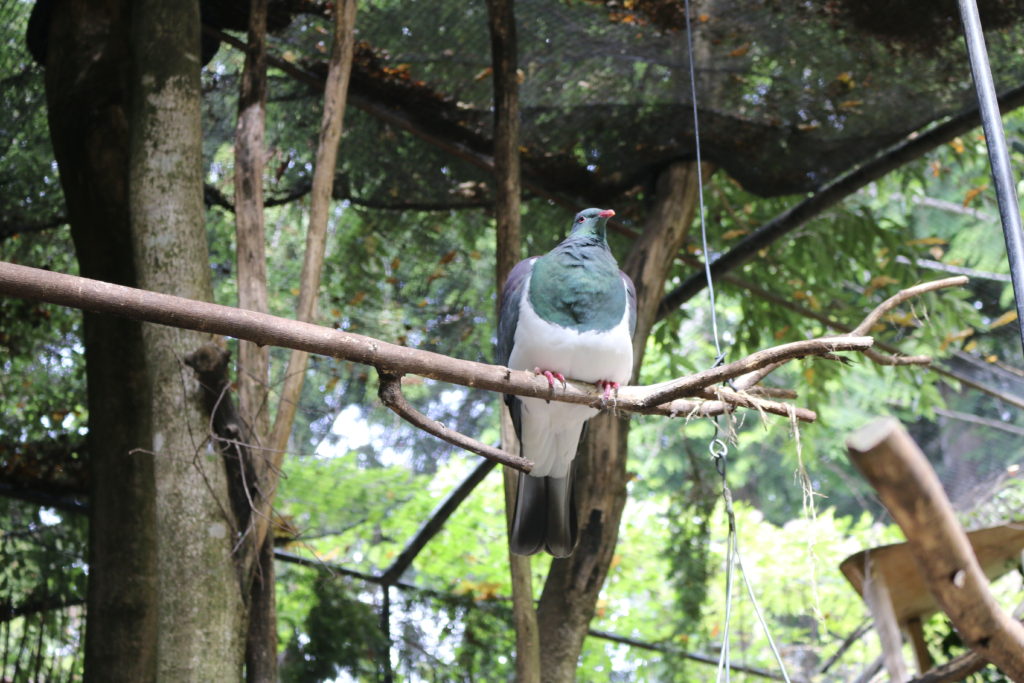
It was proud and majestic. And it was a pigeon.
I’d never seen pigeons included in a zoo, or a wildlife park, or a sanctuary. They were not supposed to be something to admire.
Yet here this one was, confidently taking its place amongst the kiwis and the takahe of the park. So similar, but so different, from its relatives of the city.
There could be a time when the pigeons we see every day become rare, and we reflect fondly on this odd period when people and pigeons shared the same streets, as unlikely neighbors. Maybe we’ll have to see them in a wildlife park, or a museum display.
For now, we can enjoy them as something abundant yet special, like a daisy.

